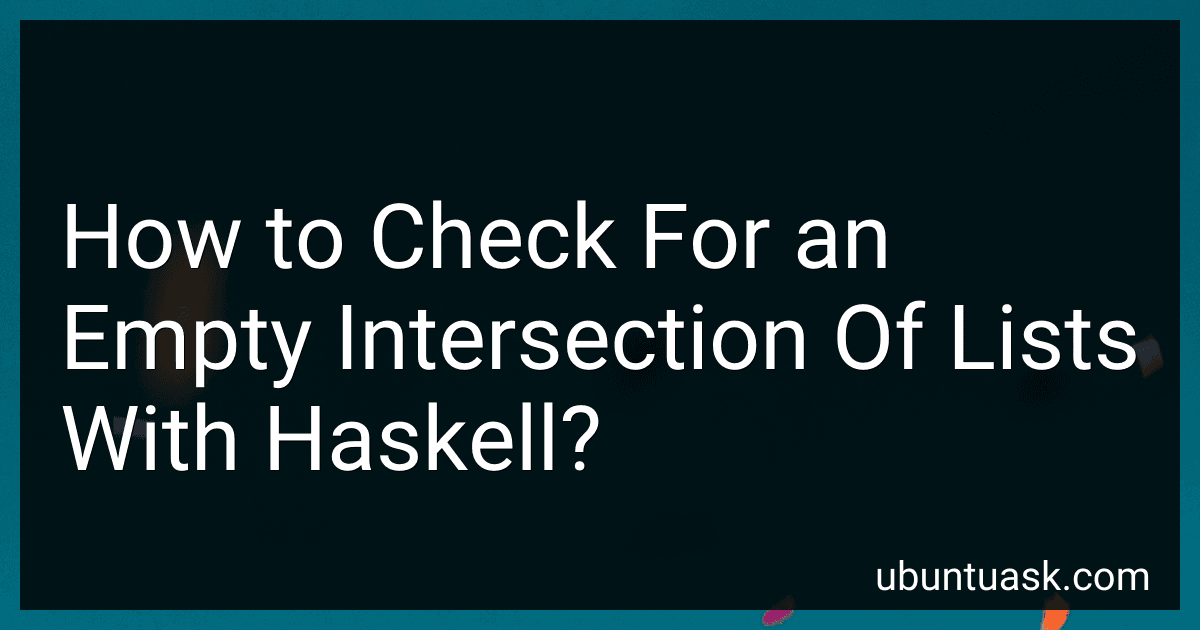Best Haskell Programming Tools to Buy in December 2025
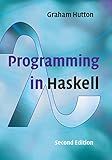
Programming in Haskell



Haskell in Depth


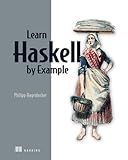
Learn Haskell by Example (Bookcamp)



Get Programming with Haskell


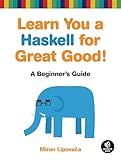
Learn You a Haskell for Great Good!: A Beginner's Guide
- QUALITY ASSURANCE: TRUSTED BOOKS, INSPECTED FOR GOOD CONDITION.
- COST-EFFECTIVE: SAVE MONEY WITH BUDGET-FRIENDLY USED BOOKS.
- ECO-FRIENDLY: PROMOTE RECYCLING BY CHOOSING USED OVER NEW!


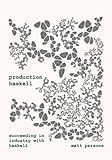
Production Haskell: Succeeding in Industry with Haskell



Parallel and Concurrent Programming in Haskell: Techniques for Multicore and Multithreaded Programming


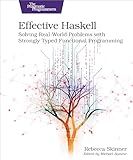
Effective Haskell: Solving Real-World Problems with Strongly Typed Functional Programming


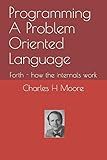
Programming A Problem Oriented Language: Forth - how the internals work


To check for an empty intersection of lists in Haskell, you can make use of the built-in intersect function from the Data.List module. The intersect function takes two lists as arguments and returns a new list that contains only the common elements between the two lists.
To determine if the intersection is empty, you can check the length of the resulting list. If the length is zero, it means that there are no common elements, indicating an empty intersection. Here is an example of how you can do this:
import Data.List (intersect)
hasEmptyIntersection :: Eq a => [a] -> [a] -> Bool hasEmptyIntersection list1 list2 = null (intersect list1 list2)
main :: IO () main = do let list1 = [1, 2, 3, 4] list2 = [5, 6, 7, 8] list3 = [3, 4, 5, 6]
print (hasEmptyIntersection list1 list2) -- Output: True print (hasEmptyIntersection list1 list3) -- Output: False
In the above example, the hasEmptyIntersection function takes two lists as arguments. It first uses the intersect function to find the common elements between the two lists. Then, it checks if the resulting list is empty using the null function. If it is empty, the function returns True, indicating an empty intersection. Otherwise, it returns False.
The main function demonstrates how to use the hasEmptyIntersection function with different lists. In this case, the first example has an empty intersection between list1 and list2, so it prints True. The second example has a non-empty intersection between list1 and list3, so it prints False.
How to find the product of elements in a list in Haskell?
To find the product of elements in a list in Haskell, you can use the product function. Here's an example:
main = do let myList = [1, 2, 3, 4, 5] let productResult = product myList putStrLn $ "Product of elements in the list: " ++ show productResult
In this example, we define a list myList containing integers, and then use the product function to calculate the product of all the elements in the list. Finally, we print the result using putStrLn. When you run this code, it will output:
Product of elements in the list: 120
The product function takes a list of numbers as an argument and returns their product.
How to convert a list of strings into a single string in Haskell?
To convert a list of strings into a single string in Haskell, you can use the concat function from the Prelude and apply it to the list of strings. Here is an example:
concatStrings :: [String] -> String concatStrings strings = concat strings
You can also use the intercalate function from the Data.List module, which is a more efficient way to join strings together by inserting a separator between each element:
import Data.List (intercalate)
concatStrings :: [String] -> String concatStrings strings = intercalate "" strings
Both functions take a list of strings as input and concatenate them into a single string. The concat function simply concatenates all the strings together, while the intercalate function concatenates the strings with a specified separator (in this case, an empty string "").
How to reverse a list in Haskell?
There are multiple ways to reverse a list in Haskell. Here are a few examples:
- Using the built-in reverse function:
reverseList :: [a] -> [a] reverseList = reverse
- Using pattern matching and recursion:
reverseList :: [a] -> [a] reverseList [] = [] reverseList (x:xs) = reverseList xs ++ [x]
- Using a fold:
reverseList :: [a] -> [a] reverseList = foldl (flip (:)) []
All of these functions take a list as input and return a new list with the elements in reverse order.
How to find the maximum element in a list in Haskell?
There are several ways to find the maximum element in a list in Haskell. Here are three common approaches:
- Using the maximum function from the Prelude module:
import Data.List (maximum)
myList :: [Int] myList = [1, 5, 3, 9, 2]
maxElement :: Int maxElement = maximum myList
main :: IO () main = print maxElement
Output:
9
- Using pattern matching and recursion:
myList :: [Int] myList = [1, 5, 3, 9, 2]
maxElement :: [Int] -> Int maxElement [x] = x maxElement (x:xs) = max x (maxElement xs)
main :: IO () main = print (maxElement myList)
Output:
9
- Using a fold function:
myList :: [Int] myList = [1, 5, 3, 9, 2]
maxElement :: [Int] -> Int maxElement = foldr1 max
main :: IO () main = print (maxElement myList)
Output:
9
Note that these approaches assume that the list is not empty. You may need to add additional code to handle empty lists if necessary.
How to remove an element from a list in Haskell?
There are several ways to remove an element from a list in Haskell. Here are a few approaches:
- Using List Comprehension: removeElement :: Eq a => a -> [a] -> [a] removeElement x xs = [y | y <- xs, y /= x]
- Using the filter function: removeElement :: Eq a => a -> [a] -> [a] removeElement x xs = filter (/= x) xs
- Using pattern matching: removeElement :: Eq a => a -> [a] -> [a] removeElement _ [] = [] removeElement x (y:ys) | x == y = removeElement x ys | otherwise = y : removeElement x ys
- Using the delete function from the Data.List module: import Data.List (delete) removeElement :: Eq a => a -> [a] -> [a] removeElement x xs = delete x xs
These approaches provide different ways to achieve the same goal of removing an element from a list. Choose the one that best suits your needs and preferences.
